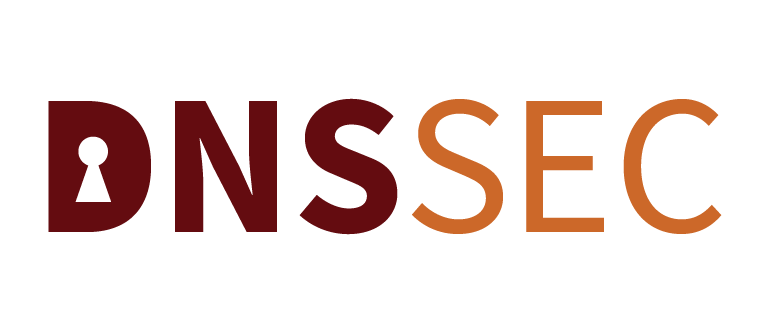Security Best Practices: DNSSEC Validation

I would like to share some key points about the significance of the security technology Domain Name System Security Extensions (DNSSEC) and some important updates that will be implemented in the coming year. These points are extracted from my recent presentation at the Africa Internet Summit 2016 (AIS'16) in Gaborone, Botswana.
The DNS is a question-and-answer system, and anyone who relies on looking up services on the Internet relies on DNS responses. However, unsecured DNS responses can be forgeries that can redirect traffic destined for trusted services to malicious sites. For example, attempts to access bank account information may result in redirection to a site that will steal user identification and passwords, and even possibly install malware on a victim's computer.
Internet users can be protected from attacks like this by deploying DNSSEC, which is comprised of two main functions – signing and validating. In this post, I want to focus on validation, which is a security enhancement of the DNS protocol that checks received answers for authenticity and completeness.
Since most Internet users trust and rely on their network service providers, enabling DNSSEC validation typically occurs on the infrastructure of that provider. Internet or connectivity service providers should enable DNSSEC validation on the DNS resolvers they operate. DNSSEC validation reduces the risk of attackers using the DNS to redirect the service provider’s customers to compromised sites. While these attacks are relatively rare, they may become more common as vulnerabilities are addressed that allow easier types of attacks.
Beyond protecting the network service provider’s infrastructure, turning on DNSSEC validation provides a mechanism by which data stored in the DNS can be more fully trusted. This capability creates a new infrastructure upon which more secure services can be built.
Configuring DNS servers to perform the validation is relatively simple, and the operation of the validating resolver remains the same as that of a non-validating resolver. Some ongoing maintenance is required; operators of the validating resolvers must ensure that the configuration of the trust anchor for the DNS root zone is kept up to date. This process can also be automated.
The trust anchor corresponds to the cryptographic public key that is part of the Root Zone Key Signing Key (KSK). This key will be changing in 2017. To ensure that the community is aware of these changes, we created a resource page “Root Zone KSK Rollover” that includes details about the changes, how community members can get involved and links to additional resources.
We are encouraged by the increasing number of organizations that are adopting DNSSEC validation. It is a minimal investment that creates a far more secure and capable DNS infrastructure.

Comments